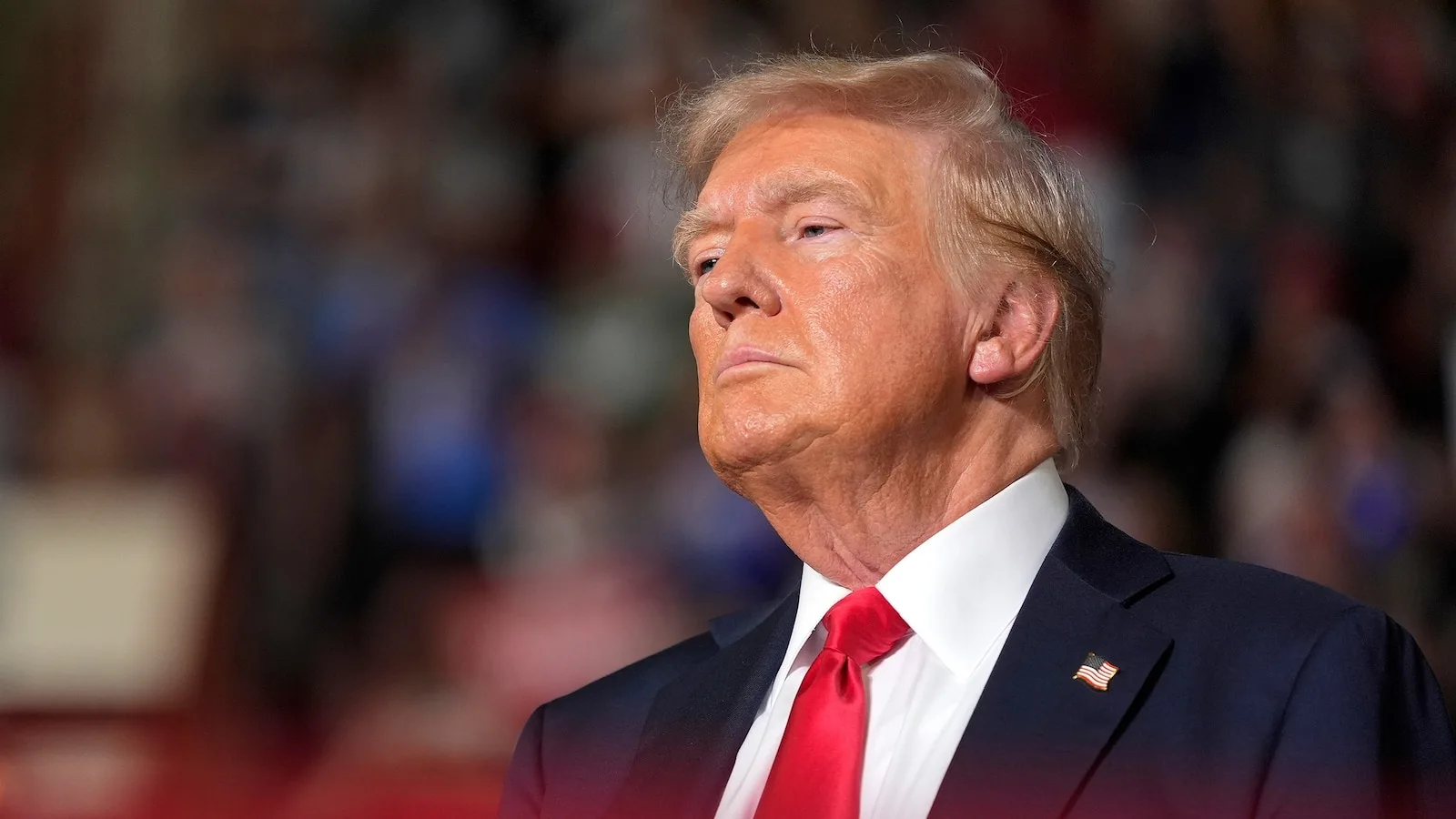Special counsel Jack Smith has outlined new details of former President Donald Trump and his allies’ sweeping and “increasingly desperate” efforts to overturn his 2020 election loss, in a blockbuster court filing Wednesday aimed at defending Smith’s prosecution of Trump following the Supreme Court’s July immunity ruling.
Trump intentionally lied to the public, state election officials, and his own vice president in an effort to cling to power after losing the election, while privately describing some of the claims of election fraud as “crazy,” prosecutors alleged in the 165-page filing.
🗳️ Register to vote: https://vote.gov/



Put simply, some states get more electors than other states to account for greater population, and each state decides how their electors are supposed to vote according to their statewide popular vote. Most states apply all of their electors to the winner of the popular vote in their state, while some apply them proportionally. Most do the former (“winner takes all”).
This leads to a discrepancy between the popular vote and the electoral vote, and it’s mathematically biased against states with higher populations. So, votes in the more populous states (which tend to vote Democrat) are worth “less” in the electoral college than those in less populous states, leading to Democrats winning the popular vote yet losing the actual election… which has happened in every election they’ve lost since Bush v. Gore, if I’m not mistaken.
I’ll double check that and edit if I’m wrong.Edit: Sorry, it did not happen for Bush v. Kerry, Bush won the popular vote in that one by less than 1%. However, in the other two (Bush v. Gore and Trump v. Clinton) the popular votes were actually won handily by Gore and Clinton, not by Bush or Trump.
Edit 2: This is also notably NOT made worse by gerrymandering, because the number of electors you get is equal to the combined number of senators and congressmen your state gets. Since all states apply their electors based on the popular vote result, it doesn’t matter what party alignments your congresspeople have, so gerrymandering plays no role here.
The mathematical bias comes from the fact that every state gets two senators no matter what the population is, and only your congressperson count is proportional to population, but both count toward your number of electors. So, less populous states have proportionally somewhat more “electors per capita” than states with higher populations.